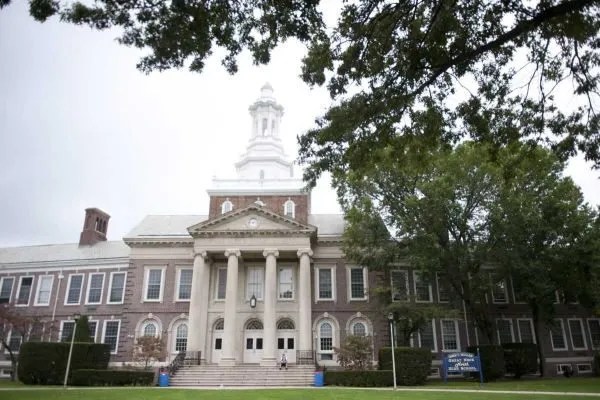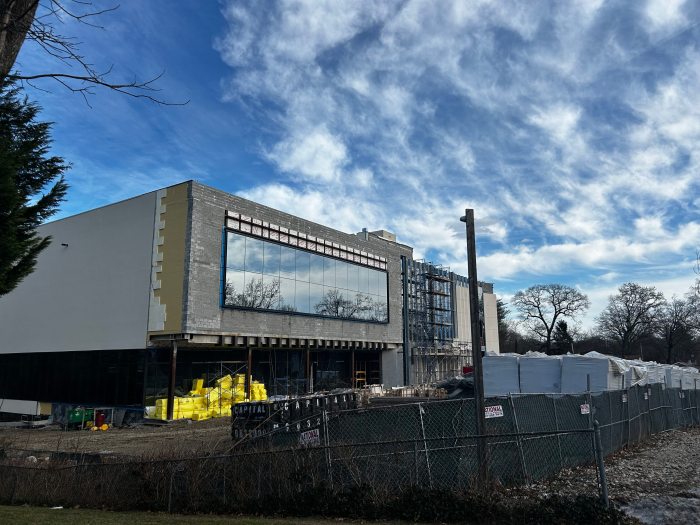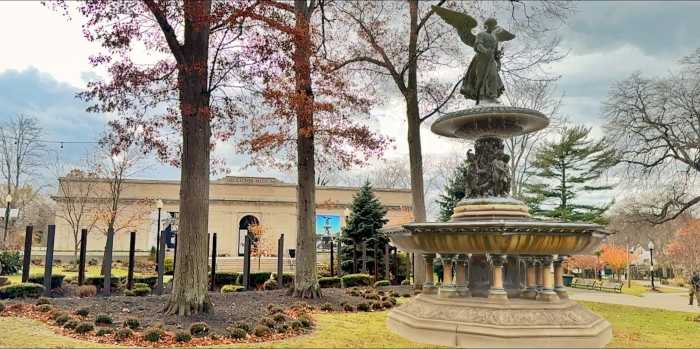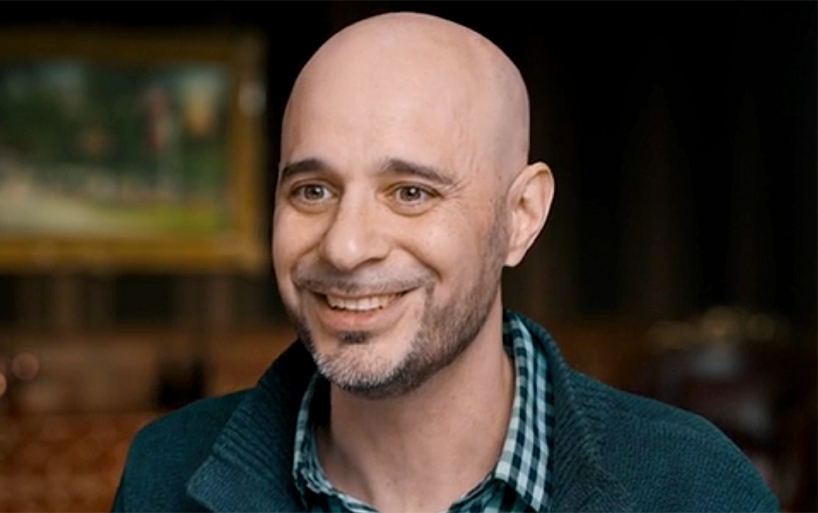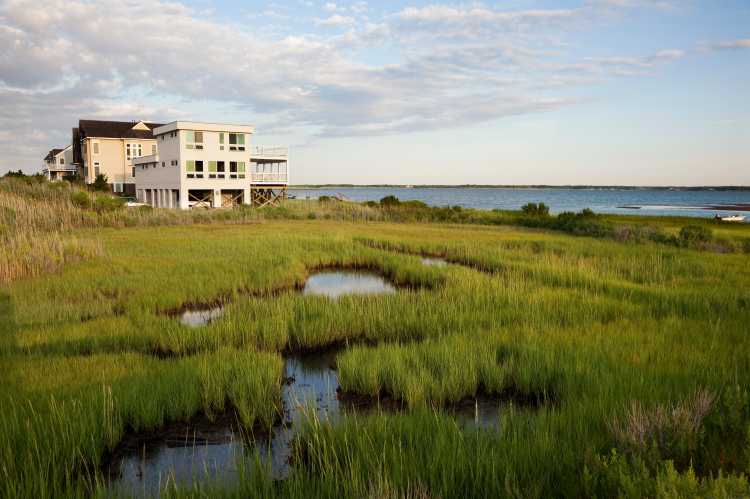The Great Neck Board of Education adopted a budget of $290 million for the 2025-2026 school year, a 2.84% increase over the 2024-2025 school year, or $8 million more. The increase calls for a 3.05% tax levy increase.
The next step towards its implementation will be for the community to vote on it in the district’s May 20 election.
The board of education voted unanimously to adopt the preliminary budget at its meeting Tuesday, April 22.
The district adopted its budget before the state has adopted its own. Superintendent Kenneth Bossert said this could lead to changes in the district’s budget if school aid numbers are changed in the state’s final budget.
“It puts this board and this district in a difficult position of being obligated to adopt a budget without that known set figure of what we will be receiving in state aid,” Bossert said. “Our business office is up to the challenge and has continued to see plans in place regardless of where the state lands, but it is unfortunate that our lawmakers have not yet come to an agreement on a budget, but we know they are busily working.”
Bossert said the district had a meeting scheduled with its local state representatives – state Assembly Member Daniel Norber and state Sen. Jack Martins – but that they requested to postpone it. He said the meeting will be rescheduled.
While state aid numbers are still in flux, the district is slated to receive $15,322,280. This is a 4.22% increase from last year, or $646,425.
“The percentage sounds great, but the dollar amount, obviously, is not really material,” Deputy Superintendent John O’Keefe said. “…Certainly, this community sends far more to Albany than it gets back in the form of aid. Most of the district’s budget is on the taxpayer with the way the state’s formula is designed.”
The district’s allotted state aid also comes with a caveat. They are designated $1,334,724 for their pre-K program, yet will ultimately only get about half of it as they only offer a half-day program, O’Keefe said.
With the pre-K aid removed from the operating budget, the district estimates a $14.6 million allocation.
Bossert said the district is also monitoring developments regarding changes to the U.S. Department of Education, calling it an “extraordinary time” as the department is dismantled. He said the primary focus is on how federal funding could change.
He assured that even with changes in the federal education department, the state department mainly impacts the district, which remains unchanged.
The largest budget category percentage increase is for recreation, which is growing by 24.5% or $256,478. The total categorical expense for recreation is $1,044,028.
O’Keefe said the recreation expense increases are attributed to the loss of COVID-19-era grants that the district will now cover. He said this will be offset by increased revenue through parental program tuition.
However, the largest category increase is in instruction, which is increasing by $3,648,043, or 2.52% The total expenses for instruction amount to $144,731,636.
O’Keefe said that what has helped this budget the most is a less than 1% increase in employee benefit costs, which has seen significant increases in the past years.
The district’s budget also includes a 3.05% tax increase, which falls within the district’s allowable tax levy increase.
While the state comptroller sets the tax cap at a 2% increase, this is only for one portion of the formula, O’Keefe said. This permits school districts to increase their taxes by more than 2% yet still comply with state law.
With increases in the district’s revenue sources across the board, O’Keefe said they will decrease their use of their appropriated fund balance for the budget by 4.57%. About $3.9 million from the balance will go towards budget revenues, about $187,000 less.
The district will host an official budget hearing on May 12, the last public meeting on the budget before it faces a vote.
Voters will decide on the budget, a board of education trustee and the district’s proposed use of capital reserves on May 20.
Board Vice President Donna Peirez will be the only candidate on the ballot.
The district proposes using $8,868,019 from its capital reserve for various improvements at the North Middle School. One would be field improvements, including installing a synthetic field and drainage improvements, and the other would be renovating a former shop classroom into a multi-purpose room.
Voters will also decide on the Great Neck Library’s budget of $11,027,041 on May 20.
Multiple residents spoke to the district’s pursuit of installing artificial turf, both in support and against it. Those in favor expressed the desire for a renovated field and its accessibility for all students, while those against it cautioned against potential health risks.




